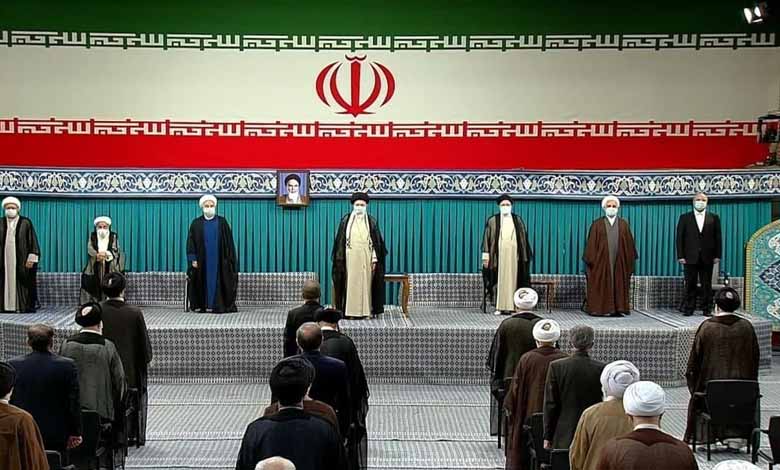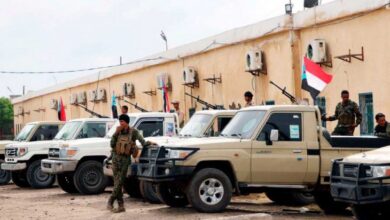Why did Iran abandon its preconditions and return to nuclear negotiations?

While Iran announced its agreement to return to negotiations with the international community (5+1) at the end of December, in the presence of the United States itself, a number of questions are being asked about the reasons and pressures that led Iran to agree to return to negotiations and completely abandon the preconditions that the new Iranian negotiating team was offering to accept such a return.
-
Why did Iran abandon its preconditions and return to nuclear negotiations?
-
Fuel protests, Iran fears second anniversary of bloody protests
Nuclear negotiations between Iran and the international community have been stalled since late July, when Iran’s new hard-line president, Ebrahim Raissi, was elected.
“Since then, the new Iranian administration has set a set of conditions for a return to negotiations, five of which the Iranian side has said it cannot give up in any way“.
The five conditions were for the United States to lift all sanctions that the previous administration imposed on Iran, and to eliminate any sanctions, even symbolic, on Iranian public figures, including the Iranian Supreme Leader. The third condition was that no other issue be discussed during the nuclear negotiations, such as Iran’s ballistic missile program and conduct in the regional sphere, and that it be preceded by the release of Iranian funds frozen by the previous U.S. administration and the adoption of measures to prevent any party from unilaterally withdrawing from the future nuclear deal.
US firmness and increased cooperation with its regional allies were the main motivation for the Iranian side to abandon its preconditions, writer and researcher Aras Faeiq said.
“A few weeks ago, the United States started talking during bilateral negotiations with the Israeli side about a ‘’Plan B’’ to deal with Iran in case of failure of the diplomatic approach”, Faeiq said. “It monitored hundreds of actions on the ground that are evidence of this new approach, especially the patrols of American bombers over no areas in the Middle East.
“Moreover, the new American administration did not show the slightest hesitation in lifting the sanctions of the previous administration, despite all the leniency it showed toward Iran and all the criticisms it directed at the former American administration”, he added. “It nevertheless maintained the sanctions as they were, and even added more sanctions to it during the previous weeks, especially against Iranian military agencies and institutions”. This has created an Iranian obsolescence in the impossibility of the American response to such a request”.
-
Iranian supertanker departing from Venezuela to transport heavy oil
-
The Anti-Taliban ‘’Herat’s Lion’’ opens an office for his movement in Iran
The international community’s rejection of any of the preconditions demanded by Iran has added to the internal pressure on the ruling authority in the country, as Iranian researcher Nimraz Babakur explained.
Babakur says: “The Iranian side believed that some sort of intransigence might push the Democratic administration to repeat the deal Iran made with the Obama administration seven years ago, when it received nearly $100 billion, and thus extricate the Iranian regime from its accumulated economic crisis. “But that didn’t happen, and the administration didn’t even agree to the $10 billion Iran demanded, and showed firmness with countries that exceed economic sanctions, like South Korea’’.
“This was a fundamental motivation for the occurrence of suffocating crises in Iran, such as the return of the possibility of protesting because of the fuel crisis, the drop in the price of Iranian tomans, the invasion of drought and desertification in various areas of the country, and the increase in the number of people infected and victims of the coronavirus pandemic”, Nimraz said. “These conditions now threaten the stability of the entire ruling system”.












